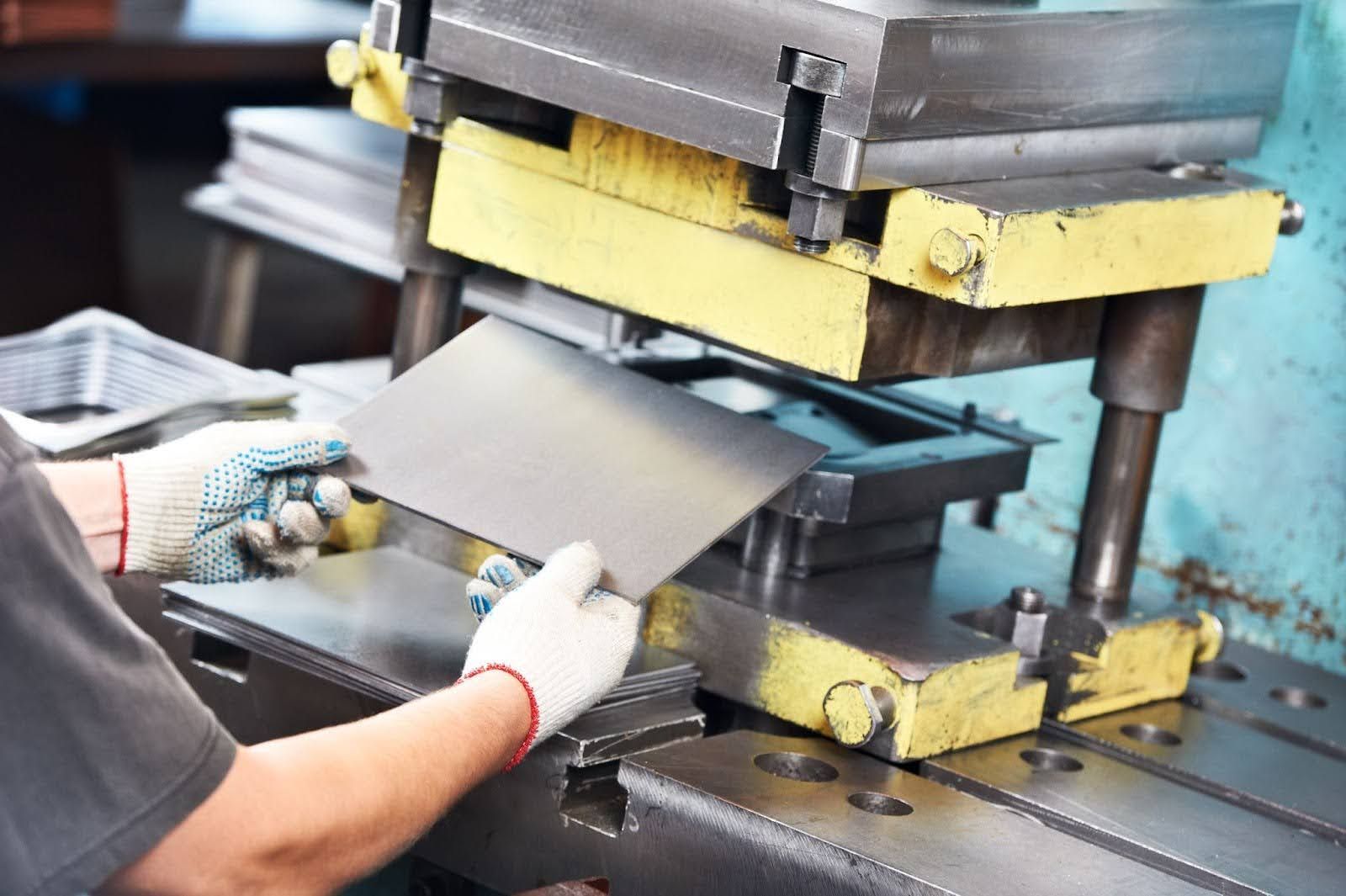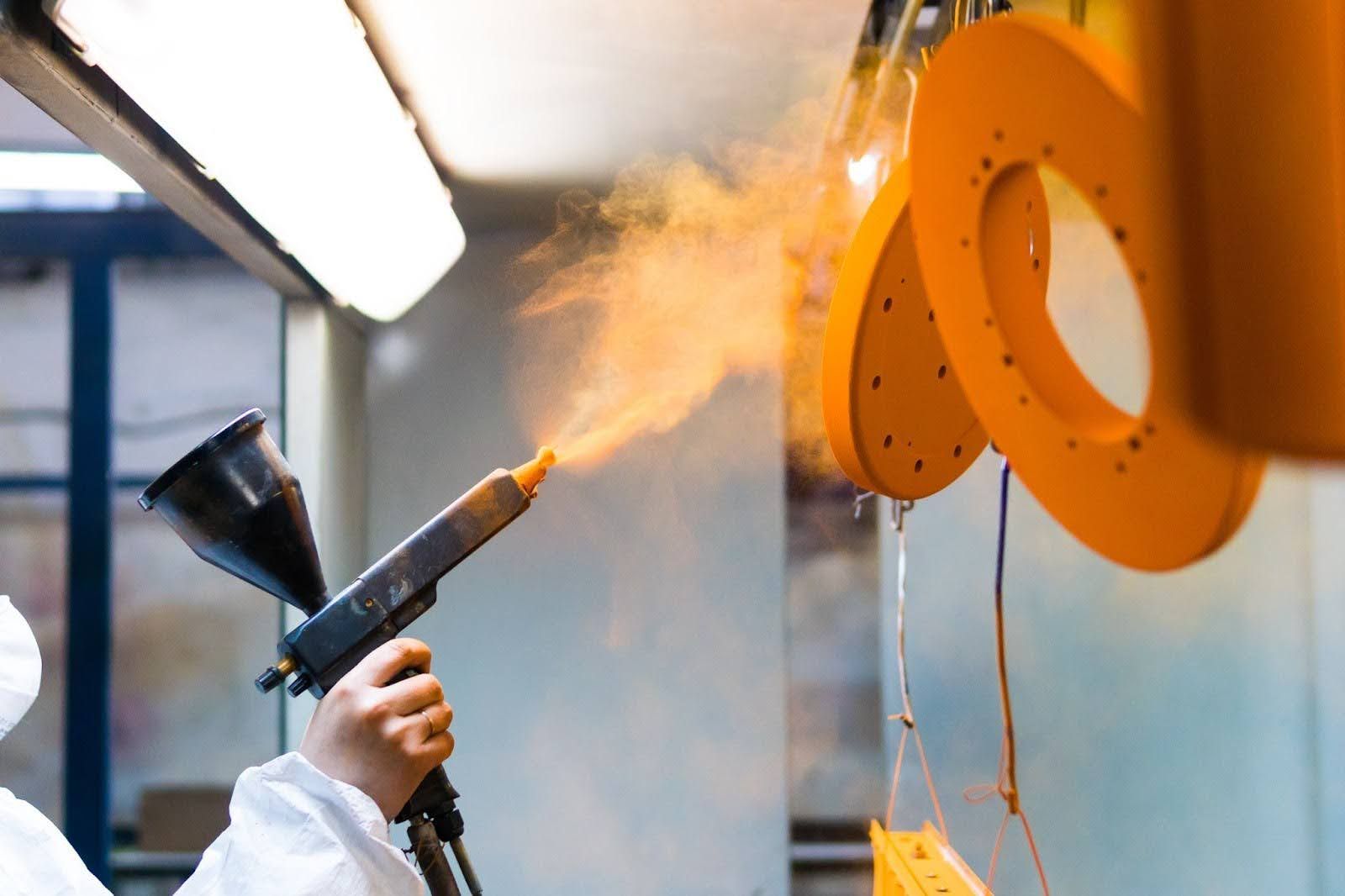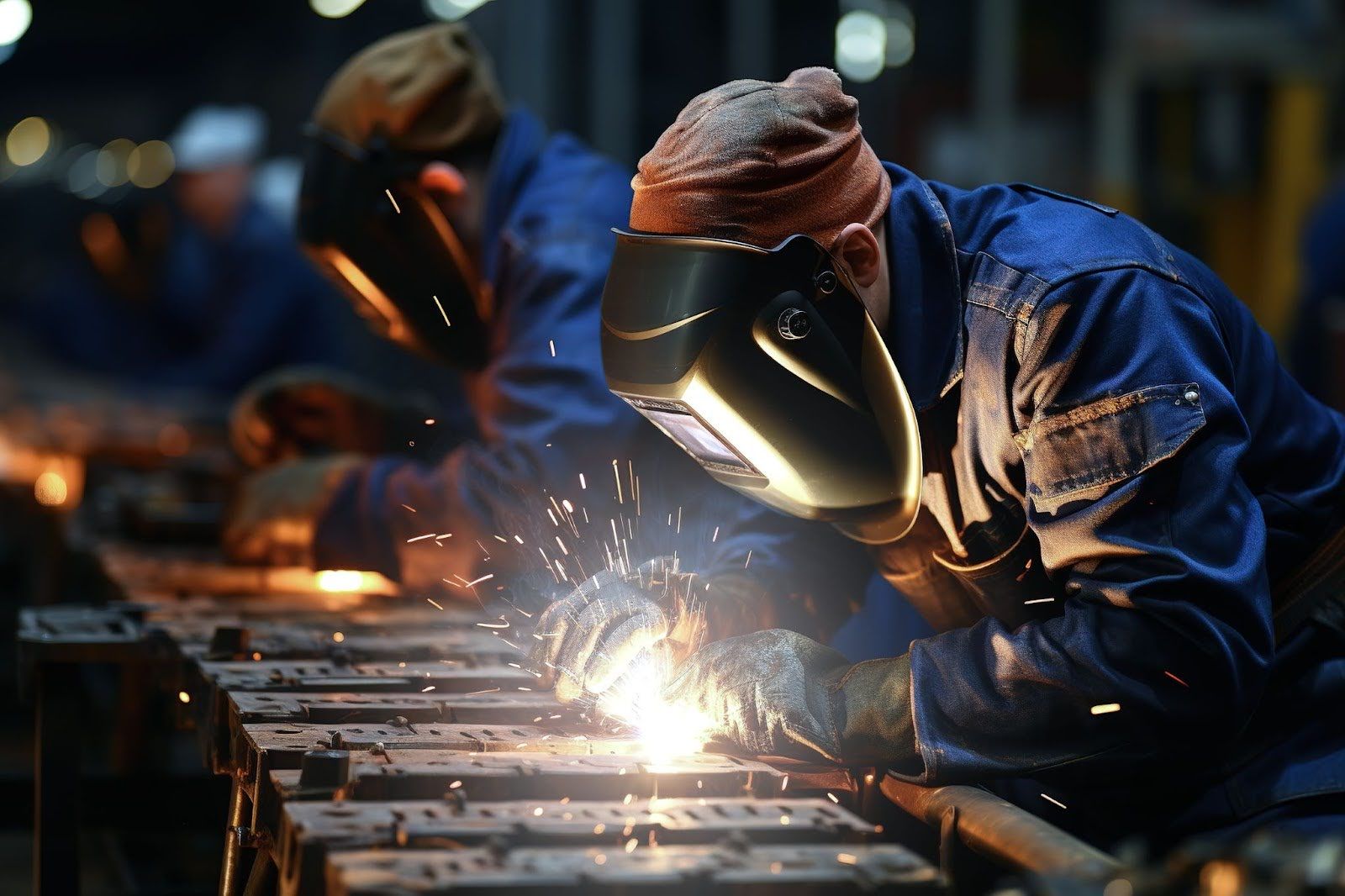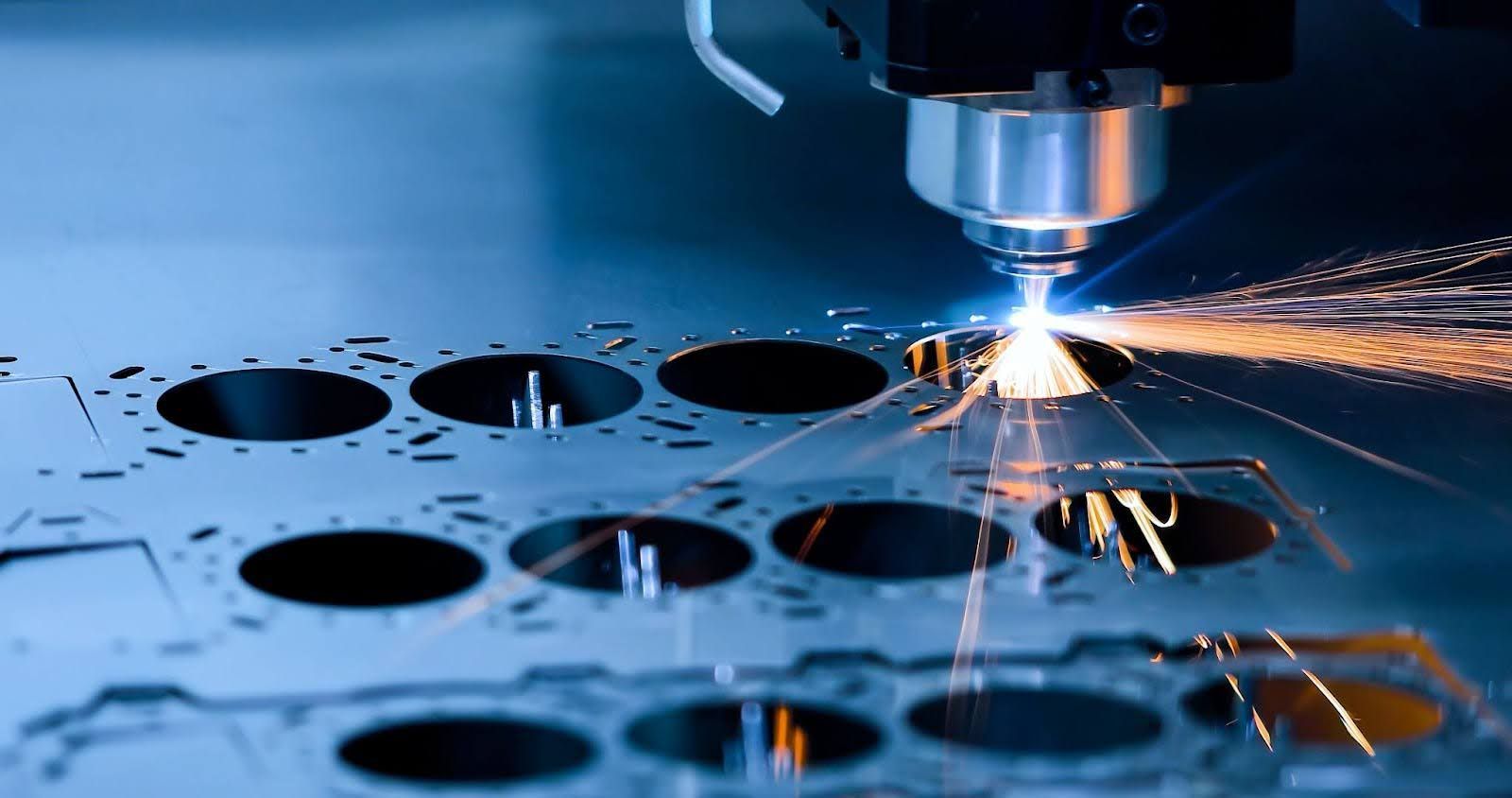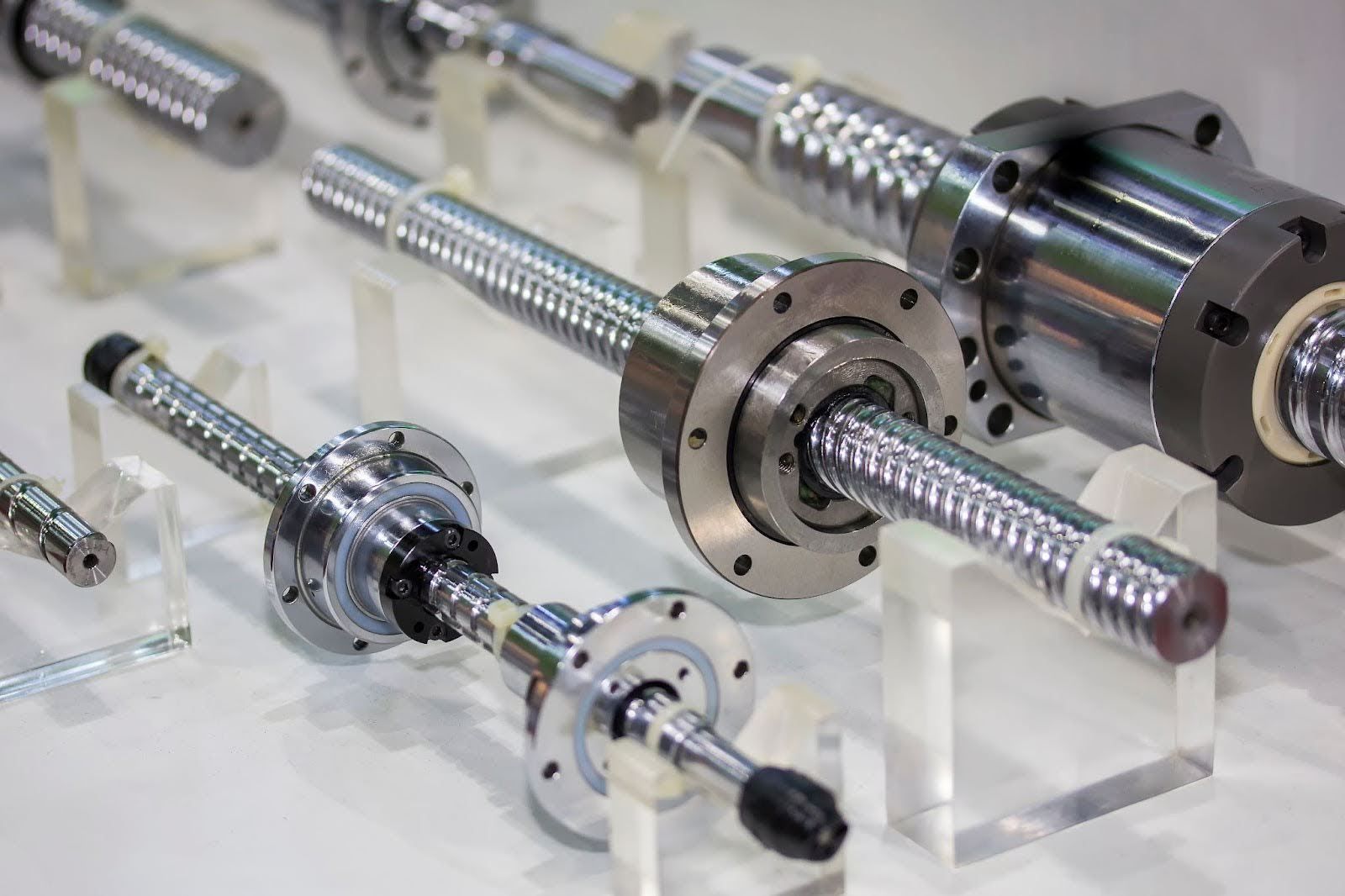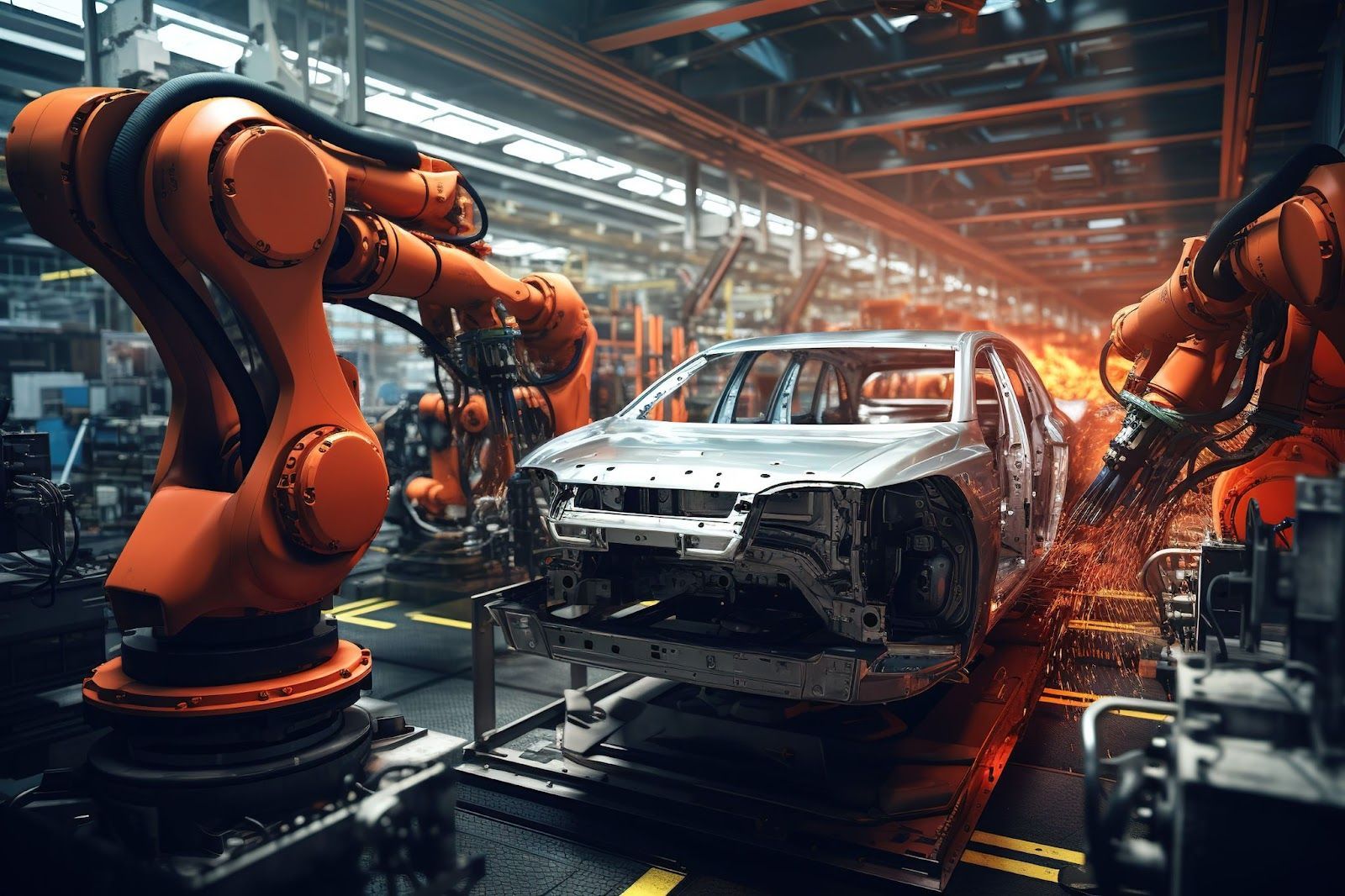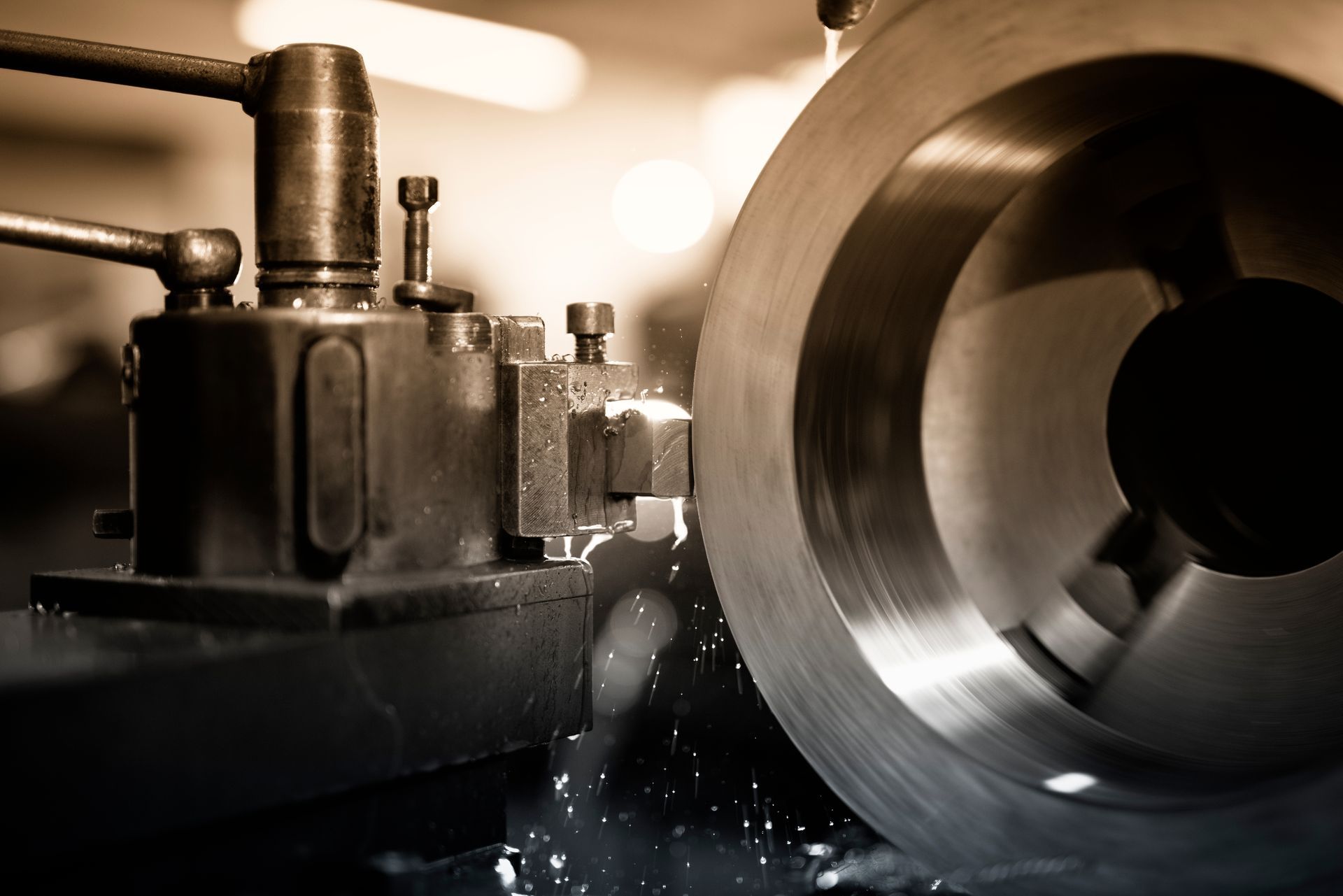Why Maintenance Platform Important For Aircraft
Regardless of which form of aircraft your facility is servicing, maintenance platform for aircraft offer a safe, reliable and versatige way to service your aircraft. From standard maintenance stands, work platform ladders, airplane steps ladder to aircraft engine stands, they are important in ensuring the smooth running and maintenance of aircrafts.
These platforms are ideal for engineers and other maintenance personnel to access the aircraft safely and perform regular maintenance and inspection duties at height.
When it comes to maintenance platforms for aircraft, there are plenty of options and functions that differ according to the specific requirements.
Do you need a small stand to perform routine maintenance and inspection of the rotor hub? Or do you need a large system that allows you to disassemble and rebuild the aircraft?
From simple fueling stands to complex wrap-around systems, maintenance platforms for aircraft come in shapes and sizes to suit every need.
Types of Maintenance Platforms
1. Wrap-around Maintenance Stands
Wrap-around maintenance stands are used to perform complete depot-level maintenance of aircraft. They often wrap completely around the aircraft, and they are designed to interface with the tooling and equipment at the various stages of assembly and disassembly.
However, they typically have less flexibility, as they are designed for one specific application.
2. Daily Maintenance Stands
Daily maintenance stands are work platforms used for regular maintenance activities. They typically consist of one deck with a staircase or ladder. They are easily moved and repositioned, and they may be designed to be towed at slow speeds.
The best daily maintenance stands have the flexibility, both in terms of height adjustability and configuration of railings and stairs/ladders, to be used for a variety of access requirements, and they can often be used on various aircraft or vehicles.
3. Deployable Maintenance Stands
Intended for use in the field or in situations where the platform may be moved regularly, deployable maintenance stands are designed for rapid, tool-free setup and tear down.
Due to this, they may not come with some of the features standard to more permanent platforms, such as variable-pitch stairs, but in terms of usability and interface with the aircraft they should be equal.
4. Scissor Lifts
Scissor lifts typically have a much greater range of height adjustability than other work stands, so the same platform can be used on variably sized aircrafts.
What To Look Out For In Maintenance Platforms
1. Safety
Nothing is as important as the overall level of safety of the aircraft equipment you use. That’s why, when it comes to aircraft maintenance stands — which allow repair personnel to work at various heights — you need a trusted equipment partner like Choong Ngai Engineering that always puts your safety first.
2. Reliability
There’s a reason why many aviation-related organizations choose to maintain and grow their partnerships with Choong Ngai Engineering. We believe in making reliable and quality aircraft maintenance stands that performs best for your business.
This means that when you order from us, you get a product that’s reliable and ready to use from the day it’s delivered.
3. Efficiency
With Choong Ngai Engineering, you get a highly responsive team of engineers and technicians who are customer-focused and highly skilled at incorporating your feedback throughout the consultation, design and construction phases.
Choose an maintenance platform manufacturer you can trust
You expect a lot out of your aircraft, and you should expect even more from your maintenance platforms. That's why we work closely with aviation technicians to create custom designed, precision-manufactured aviation safety equipment that delivers enhanced protection for your team.
Most importantly, we'll work alongside you and your team to understand and define your exact requirements, and this process ensures that we provide the best solution to your unique aircraft maintenance platform requirements.
Why not give Choong Ngai Engineering a try? With our custom metal fabrication equipment and technique, we've been servicing happy customers for over 20 years. Learn more about our services and previous projects on our website or contact us at choonngaiengworks@gmail.com.
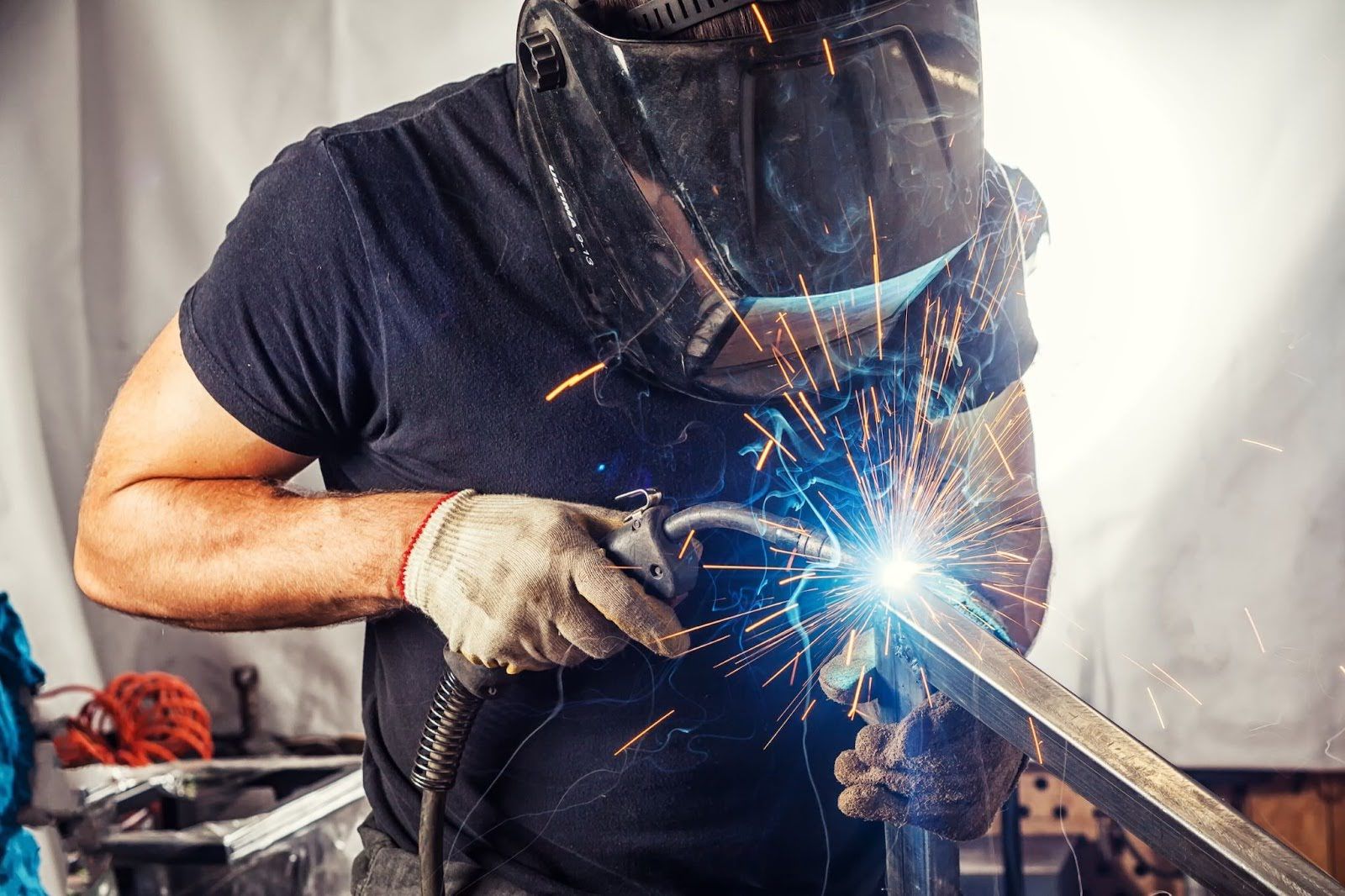
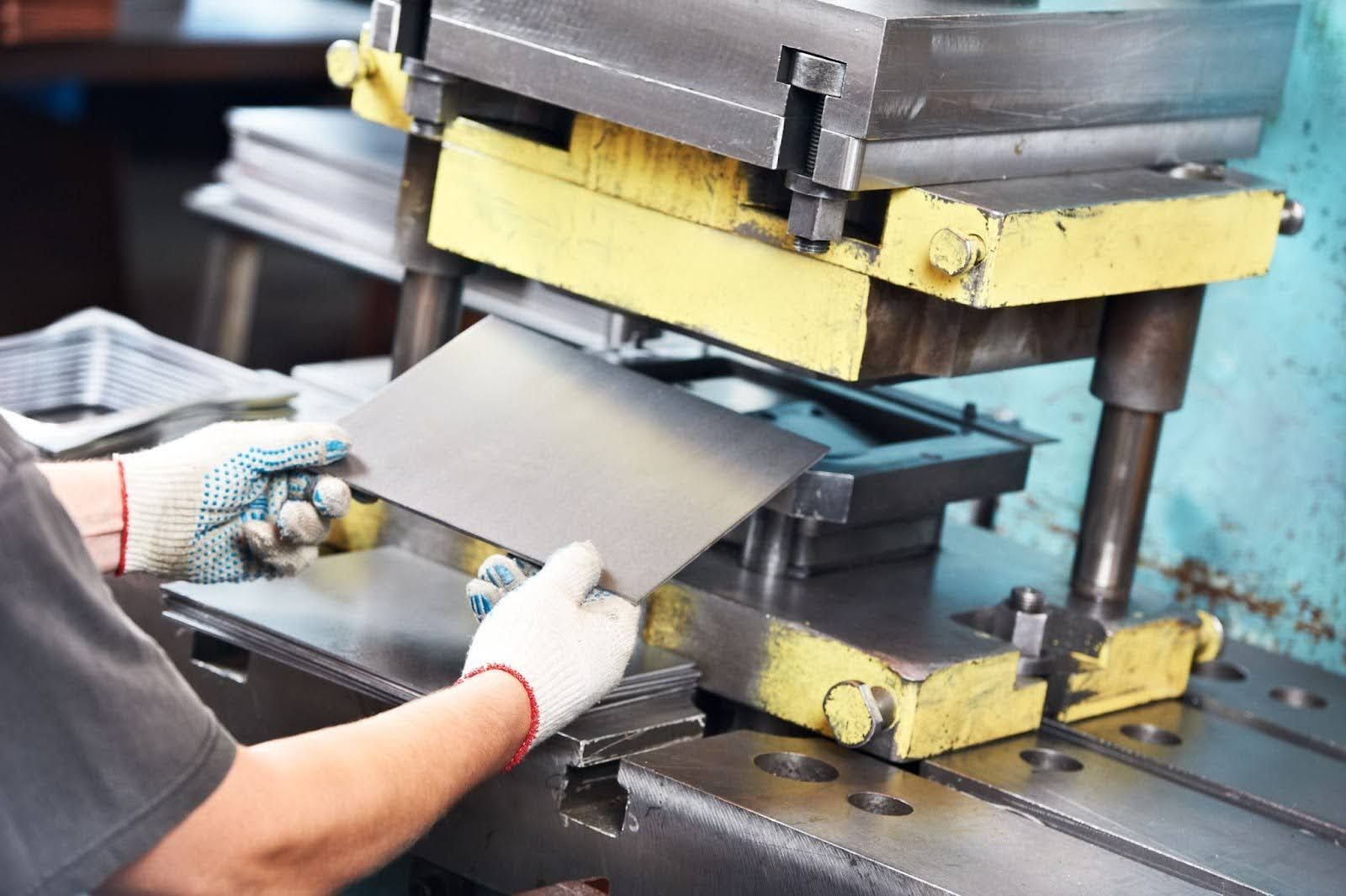
CHOONG NGAI ENGINEERING WORKS SDN BHD
is managed by a team of experienced professionals who ensures that our jobs are completed satisfactorily in a timely matter. We prioritise on our clients' needs and believe that our clients are entitled to the best services available.
QUICK LINKS
CONTACT
243A, Jalan 2A, Kampung Baru Subang, 40150 Selangor Darul Ehsan, Malaysia
Choong Ngai Engineering. All Rights Reserved. Website Designed by Heroes Of Digital.

